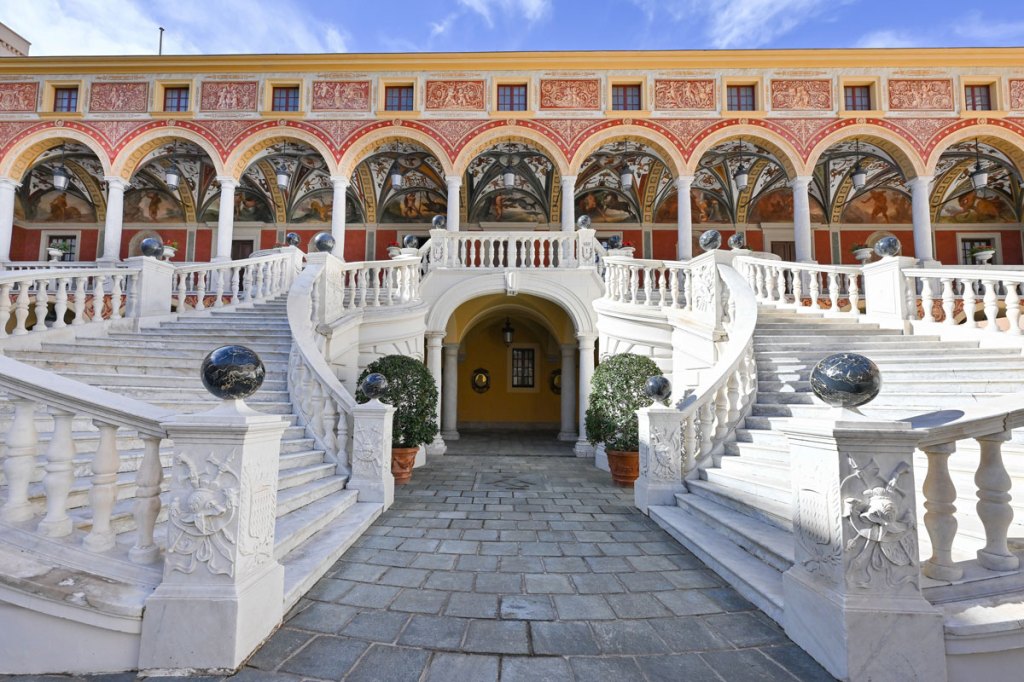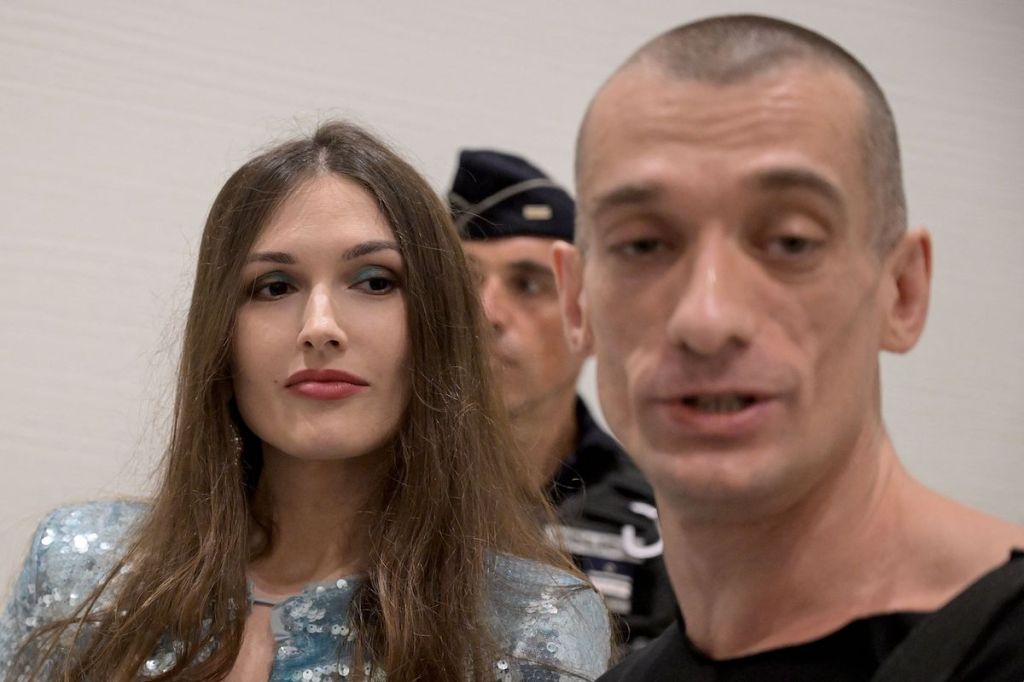In Trial, Rybolovlev’s Lawyer Goes After Sotheby’s Private Sales Head, With Mixed Results
Real-life courtrooms are rarely as dramatic as their television counterparts. There aren’t nearly as many shouts of “Objection!” and the judge doesn’t tell attorneys to “move it along.” A trial, like the Accent Delight International v. Sotheby’s trial currently ongoing in the United States District Court for the Southern District of New York, can be a slog for the lawyers, the jury, and especially for whoever is sitting in the witness box. On Wednesday however, the plaintiff’s attorney, Daniel Kornstein, generated enough friction with Sotheby’s head of private sales Samuel Valette to create some heat. Only time will tell if it had any sway over the jury.
In the trial, Russian billionaire Dmitry Rybolovlev, through his art-buying company ADI, has accused Sotheby’s of helping Swiss art dealer Yves Bouvier fleece him for $1 billion by inflating valuations on art Rybolovlev bought under the impression that Bouvier was his art adviser. (Bouvier has denied any wrongdoing and privately settled with Rybolovlev in December.)
Wednesday was Valette’s second day on the stand, and, like his testimony on Tuesday, he exhibited a propensity to over-answer the pointed, exacting questions he’d been asked. The habit flustered Kornstein and, occasionally, the judge, who more than once told Valette to limit himself to a yes or no. Mutliple times, Kornstein and Valette spoke over one another. Sometimes, Valette began answering before Kornstein had finished his question. Other times, Kornstein would ask a question and Valette, much to Kornstein’s rancor, would explain the intricacies of a situation or event rather than answer simply.
At every turn, Valette seemed to have a reasonable answer for the questions that might have proved troublesome for Sotheby’s otherwise.
In emails presented to the jury between Sotheby’s colleagues Marina Phelan, Alex Bell, and Valette, Rybolovlev’s apartment at 15 Central Park West, where Valette brought Leonardo da Vinci’s Salvator Mundi for a private viewing in 2013 at Bouvier’s request, was referred to as “the client’s home” or “the client’s apartment.” In another document presented by Kornstein to the jury, a letter addressed to Mundi’s seller R.W. Chandler, Valette wrote that he had permission to bring the picture “to the premises of and show it to the potential purchaser.” In both instances, Kornstein was attempting to establish that Valette knew Bouvier was trying to flip the painting to Rybolovlev, who eventually purchased the picture for $127.5 million, but from Bouvier, not Sotheby’s.
“Mr. Bouvier was my client … I took the picture to wherever he asked,” Valette said.
“’Client’ didn’t mean Mr. Rybolovlev,” questioned Kornstein, referencing the email’s wording. “He was there, it was his apartment.”
“At the time, we didn’t know it was Mr. Rybolovlev’s apartment so it couldn’t have meant that.”
Even one of the most seemingly damning pieces of evidence against Sotheby’s fell flat during their contentious dialogue. In an email from Valette to Bouvier, Valette wrote that Modigliani’s giant sculpture TETE could have an estimate of between €70 million and €90 million, “maybe even more.” Less than 12 hours later, after a phone call with Bouvier, Valette sent another email, identical except for the valuation, which now said that it was worth between €80 million and €100 million.
“We had a phone call, which was common after emails like these,” Valette said in a thick French accent and his palms turned upward. “And Mr. Bouvier asked me to [be precise] because I had written ‘perhaps more’ after the estimate.”
Towards the end of the day’s proceedings, Kornstein walked Valette and the court through Sotheby’s internal documents, handbooks like the Know Your Client and Anti-Money Laundering, both of which, Kornstein pointed out, apply to every Sotheby’s employee, and both of which highlight the importance of knowing the source of a client’s funds and how they obtained their wealth. Kornstein hammered away at Valette, accusing him of never asking where Bouvier’s money came from. In response, Valette spoke about a meeting with Bouvier that included Sotheby’s then-head of compliance Jane Levine in which Bouvier showed a Powerpoint presentation outlining his many businesses.
“I think we did understand the source, his businesses, his reputation, the fact that he’s an art dealer. You don’t need to see three million in his bank,” Valette said.
“But you didn’t know the source! The source of his funds!” Kornstein responded in exasperation.
Kornstein did appear to land one blow, however, just before the proceedings wrapped. Sotheby’s anti-money laundering policy has a section about red flags that “may cause suspicion.” Among them is when purchases or consignments with a client change from past practices “e.g. when a client spends $100,000 a year for three years then suddenly spends three million.”
It’s unclear the total amount Bouvier spent on Sotheby’s private sales each year but, according to a source close to Sotheby’s and familiar with the auction house’s sales figures from the time period in question told ARTnews that Mr. Bouvier had been a well-established client well before 2010 and had “a significant track record of buying and selling art both privately and at auction.”
During the years the four works in the trial were bought, 2011 to 2014, Sotheby’s private sales jumped significantly. According to Sotheby’s annual reports—they were a publicly traded company at the time—in 2011, the house’s private sales total jumped over 64 percent from the previous year, from $494.5 million to $814.5 million. In 2012, it jumped another 11 percent and, the following year, it broke $1 billion.
Bouvier was far from the only private sales client Sotheby’s had and, in the race to bulk up private sales, Christie’s still outpaced its rival. The art market as a whole had seen a significant boost as part of the recovery from the 2008-2009 financial crisis. However, the trial raises the question of whether Sotheby’s exhibited more lax practices in order to keep pace with Christie’s growth.



